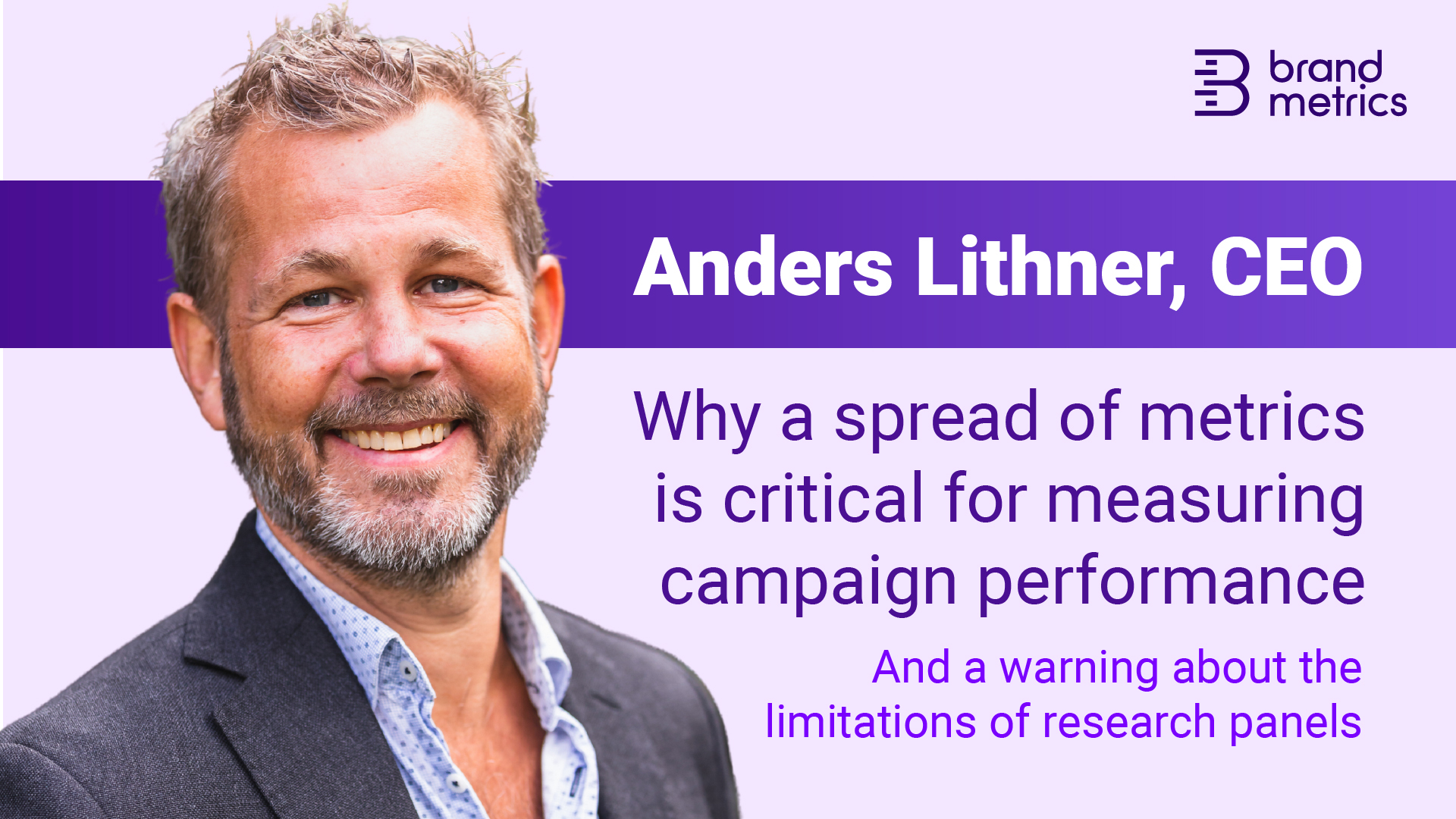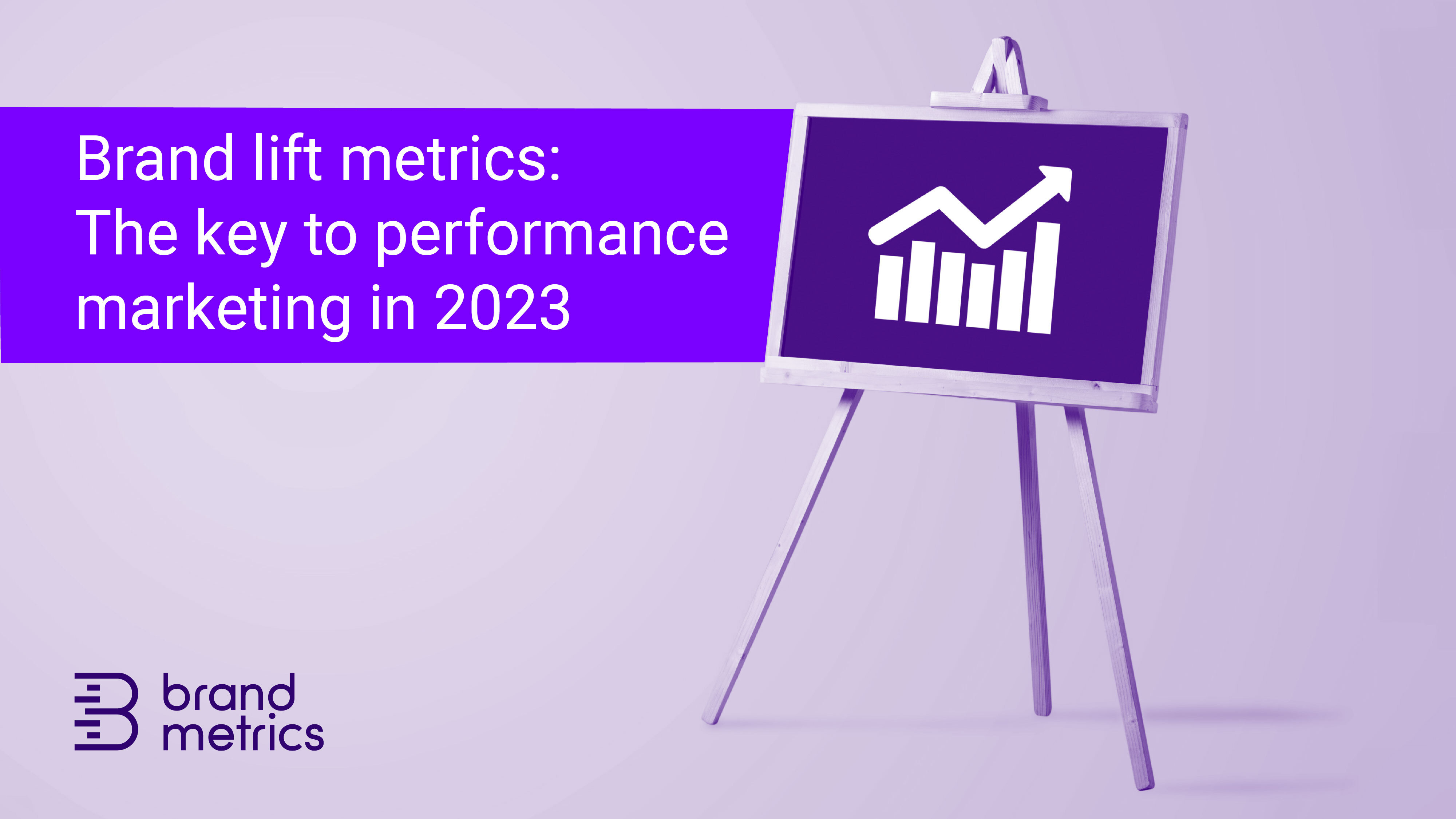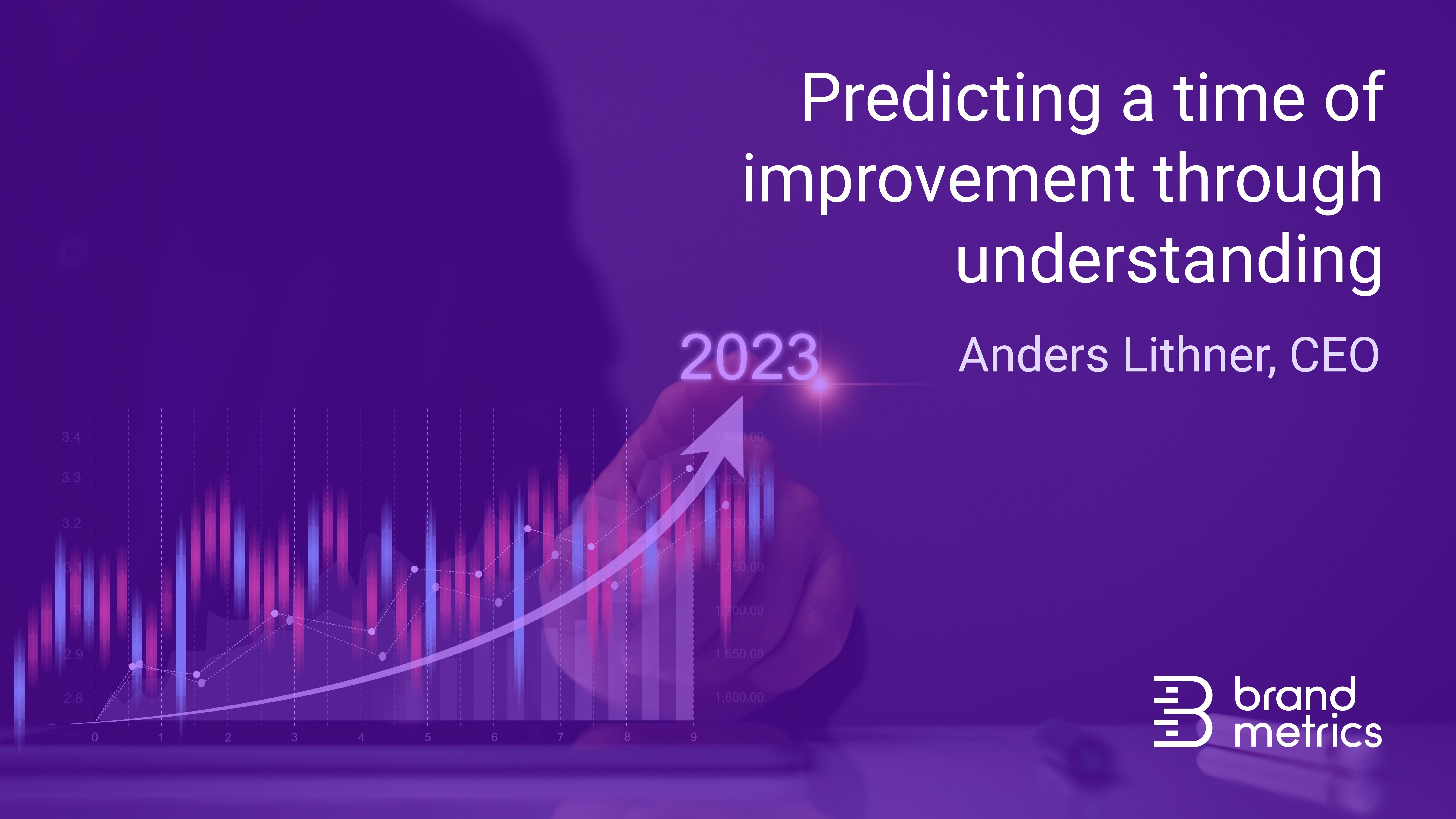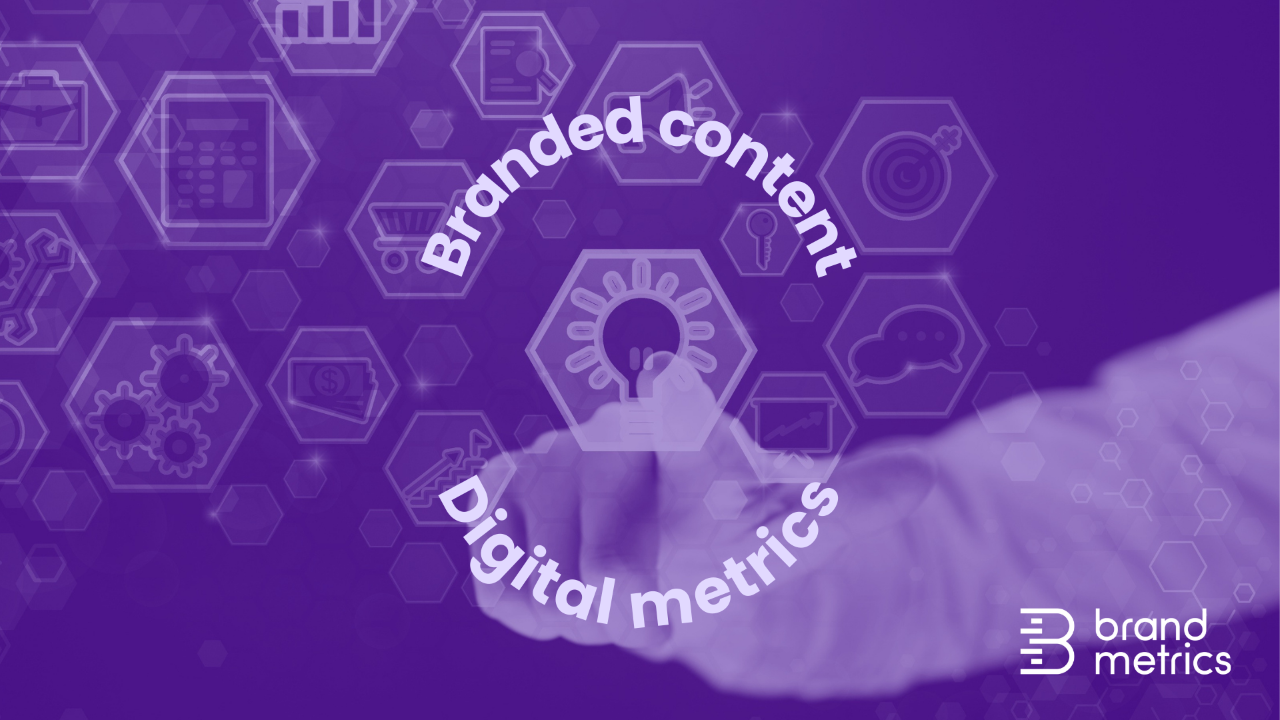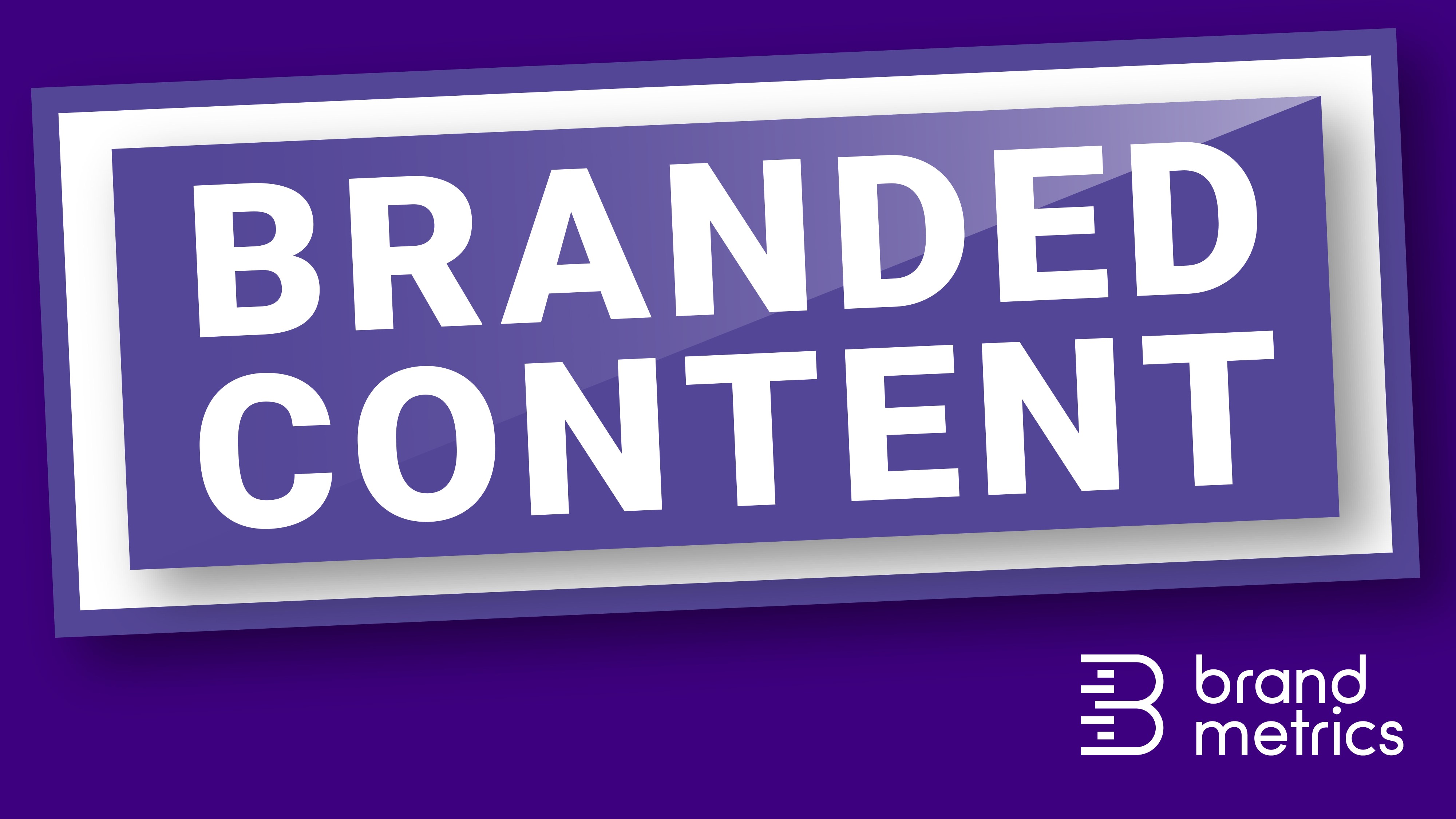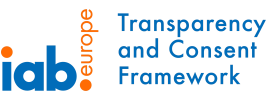Strong brand = more interaction = more sales

Building a strong brand means increasing the likelihood of people interacting, which, in turn, means increasing the likelihood of sales. This article offers evidence, from an unexpected angle, to support this simple truth.
What is the relationship between brand and sales? This question is as old as advertising itself and the industry generally falls into three camps.
Some are saying: offer the right product at the right price to the right person at the right time and the recipient will buy – you don’t have to spend money on building your brand in broadscale media.
Others are saying: build a strong brand in all segments of the market and the customers will come to you – you don’t have to chase them with targeted, personalized and timely messages.
But most marketers realize that the truth lies somewhere in between.
The relationship between brand and sales is typically put to the test when there is a choice. If you really need something - like water in the desert, or petrol for a car about to run dry - you are going to buy it from whoever puts that offer in front of you. But if two companies selling water/petrol are equally successful in making you an offer just when you need it, with equal price and convenience, you will buy it from the brand that you know and trust. Meanwhile, there may be other strong water or petrol brands, that didn’t identify your moment of need and therefore missed the opportunity and did not even compete for your money.
This is only human. We are more inclined to interact with people, institutions and brands, that we are familiar with, rather than with anyone unknown.
A striking piece of evidence from the Brand Metrics benchmark database shows how this phenomenon can be seen in the brand lift-data itself. Strong brands create more uplift in action-intent than less strong brands, but in this case further evidence comes before even analyzing the campaign effectiveness.
When running brand lift measurements, we ask questions to people regarding their relationship to the advertisers’ brands. That data is then cross-analyzed against data about the same person’s exposure to advertising for the brand. That way we can identify the brand lift that was caused by brand exposure.
Sadly though, research vendors’ response-rates are never 100% and response-rates too vary according to the strength of the brand we are asking about. This graph shows an analysis of the Brand Metrics benchmark database with each dot representing a campaign measurement containing around 300 respondents:

There is no striking difference in response rate to a question about an unknown brand and a middle-of-the-road brand. There is a lot of variation, but it is generally explained by other factors.
However, when it comes to the super brands – those that are familiar to 80% or more of the people in the market - response-rates start climbing. The most well-known brand will often see 50% more people choosing to respond to a question about them when compared to an average brand.
Answering a survey question is a form of interaction. As is buying stuff. That is the whole point of branding: to build the familiarity and trust that makes people want to about interact.
In short: building a strong brand means increasing the likelihood of interaction, which in turn means increasing sales. This simple truth is at the heart of the relationship between branding and sales and why brand awareness matters.


